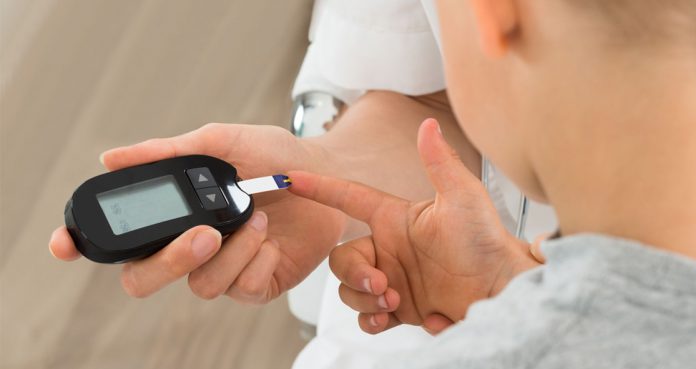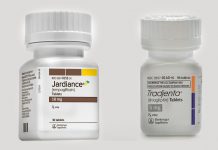According to the National Institute of Health (NIH), more than 200,000 children and teenagers under 20 years received a diagnosis of either type 1 diabetes or type 2 diabetes in the United States in 2017.
More than 17,000 people below 20 years of age had a diagnosis of type 1 diabetes and over 5,300 children between the ages of 10 and 19 had a diagnosis of type 2 diabetes from 2011 to 2012. The rates of diabetes among children are on the rise.
Experts say that recognizing the symptoms and warnings signs of diabetes can help children to get an early diagnosis and treatment, giving them a chance to lead a quality life.
Although type 1 diabetes and type 2 diabetes are different, they affect the body’s insulin production and use.
Also called juvenile diabetes, type 1 diabetes in children occurs when the pancreas fails to produce insulin. And without insulin, the cells of the body do not get sugar for energy, resulting in high blood sugar levels.
Treatment involves lifelong insulin use, strict blood sugar monitoring, and a healthy diet along with exercise.
Here are the most common symptoms and warning signs of type 1 diabetes in children and adolescents:
- increased thirst, urination and hunger
- fatigue
- weight loss
- irritability
- fruity smell on the breath
- blurry vision
Diabetes UK urges parents and guardians to be aware of “4 Ts” in children:
- Toilet: Using the bathroom frequently, infants having heavier diapers, or bedwetting after being dry for some time
- Thirsty: Drinking more fluids than usual but being unable to quench the thirst
- Tired: Feeling more tired than usual
- Thinner: Losing weight
Usually, the symptoms of type 1 diabetes in children develop rapidly over a few weeks, while the symptoms of type 2 diabetes develop more slowly. Sometimes, it may take several months or even years diagnosis the condition. Some children fail to receive a diagnosis until their symptoms become severe, or in some cases, fatal.
The American Diabetes Association (ADA) recommend screening for children above 10 years who do not have diabetes symptoms but are overweight or obese, have a family history of diabetes, early signs of insulin resistance, high-risk ethnicity (Native American, African American, Latino, Asian American, or Pacific Islander), and if their mother had diabetes or gestational diabetes. The outcomes for children and teens with type 1 diabetes and type 2 diabetes are improved significantly with early detection and treatment.





















